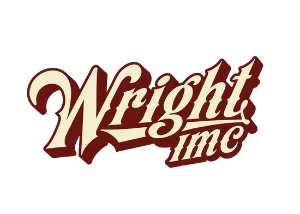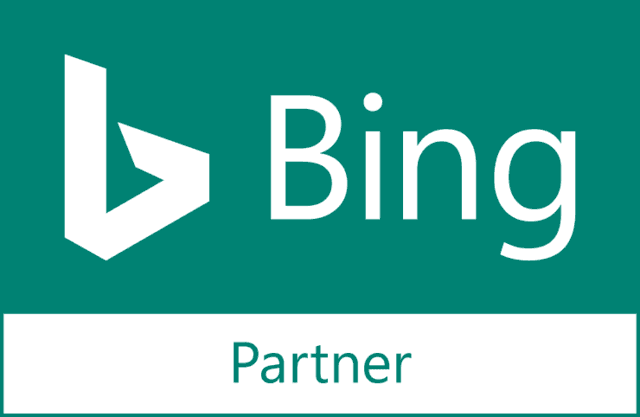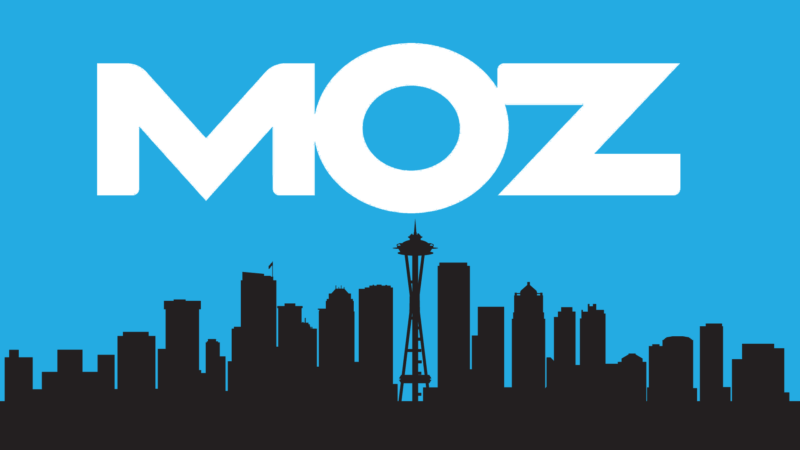Despite Gen Z’s obsession with scrunchies and mom jeans, many of the fashion statements you made in high school will make you cringe in 2021. Why is that?
Something becomes “trendy” in fashion because it breaks from the norm, a rebellion of what came before. Trending pieces are often aesthetic, engaging, and interesting but not always functional, flattering, or timeless.
Similarly, website designers should have a healthy caution against “trending” design work because a website’s goal is never to be purely beautiful and exciting.
From a business and brand
How can website designers meet business goals?
Having worked for the digital marketing agency, WrightIMC, for a few years now, I’ve seen first-hand how websites that bring together the following three realms of online expertise end up moving mountains for business objectives:
- A designer’s artistic eye (beautiful UX = decreased bounce rate)
- A technical SEO’s understanding of how search engines interpret web code (increasing and better quality traffic)
- A conversion rate optimization specialist’s mindful use of website actions (higher conversions)
Here are some popular website design trends that our SEOs, designers, and agency experts all agree should not be recommended to clients:
1. Banner sliders (of any size/kind)
Banner sliders have been a staple in website design for many years now, most often found on the homepage. Many new web design clients even come to us requesting a site banner because they are so popular.
While these large images can be beautifully striking and even have the appearance of functionality (more slides = more information for the site visitor, right?), studies have shown that sliders are not an effective use of site space.
A study conducted by the web developer of Notre Dame University in 2013 found that their homepage slider received a click-through rate of barely 1%, and nearly 90% of the clicks were on the first slide. Other studies have found similar results when tested on different sites: CTR is incredibly low, and most of those clicks go to the first image in the rotation.
Takeaway: The data overwhelmingly suggests that site visitors do not take the time to click through rotating sliders and do not find anything useful beyond the first image.
2. Large, autoplay embedded videos or video backgrounds
Another seemingly sleek design trend is to use video files as section backgrounds; on some sites, I’ve seen these implemented across the entire above-the-fold content on a homepage.
Designers need to use video sparingly, as overuse of video content can lead site visitors to disregard video content altogether.
Large or autoplay videos can have negative consequences to SEO. Video embedding, when done improperly, can slow down a webpage. Load time of a page (page speed) is a key metric to the Core Web Vitals, which Google has clearly stated is a search signal that influences rankings.
If a video slows download time, it is usually because the video file is not implemented and/or optimized correctly. This is often due to file size and how much weight the video load contributes to the combined weight of all elements and resources loading on a page.
If implemented incorrectly, all the other elements on the page will have to wait for that large resource to load, increasing the time it takes for a visitor to interact with the page.
A web developer can lazy load or defer loading the video until all other elements have loaded. Still, designers need to ask themselves: is this video content contributing that much to the overall user experience?
Takeaway: Carefully consider the value add of each piece of video content. When videos are implemented in your design, make sure the files are optimized properly for page speed.
3. Overwhelming amount of white space (minimalist design)
While we were once keyword stuffing to our hearts’ content back in 2002, web creators today opt for minimal content, large, bold headers, and lots (and lots) of white space.
Minimalistic design certainly has merit, but website designers must be careful not to overcorrect the crowded web pages of decades past.
White space is needed in every design, as space between content, images, and headings allows a site to be more readable and draw attention to the main aspects of your design. However, overuse of this design technique doesn’t always meet site visitor’s needs.
Visitors come to a website seeking information, and a design with too much whitespace can oversimplify content to a point where it becomes confusing and aimless.
From an SEO perspective, this can have harmful consequences as well. Google’s primary method of understanding your website is still through the content, and pages that act as “doorway pages” are a big issue. Doorway pages lack substantial content and act primarily to drive traffic to other sections of your website. Each page of your website should provide value, and include useful and unique content for your site visitor.
In extreme cases, pages with little-to-no content can potentially be flagged as “thin content” by Google’s crawlers, and your site could be penalized as a result.
Takeaway: Design-wise, give your content room to breathe through effective use of whitespace, but make sure every page provides quality and relevant information for the site visitor.
Are you ready to say “No” to trendy website design?
Do you feel personally victimized by this article? Don’t worry – we’re all guilty of using these design techniques at one time or another.
And this isn’t to say that we should ignore beautiful UX – quite the opposite. Aesthetically pleasing design is proven to keep site visitors engaged, decrease bounce rates, and so many other positive benefits. We are simply encouraging designers to look at their work from multiple angles and ensure that the website’s primary goal (to increase conversions) is being achieved.
If website designers see their work only from an artistic standpoint, they might be praised for innovation in the design community, but does that translate to real-world client success? Let us know what you think in the comments.





